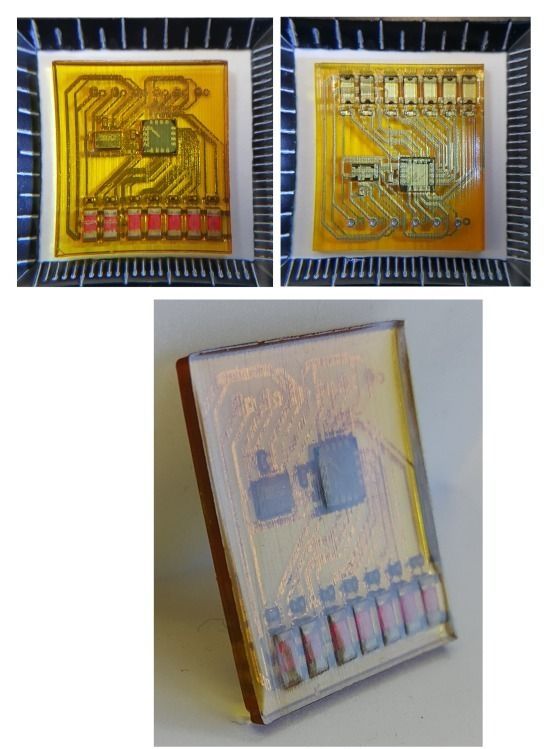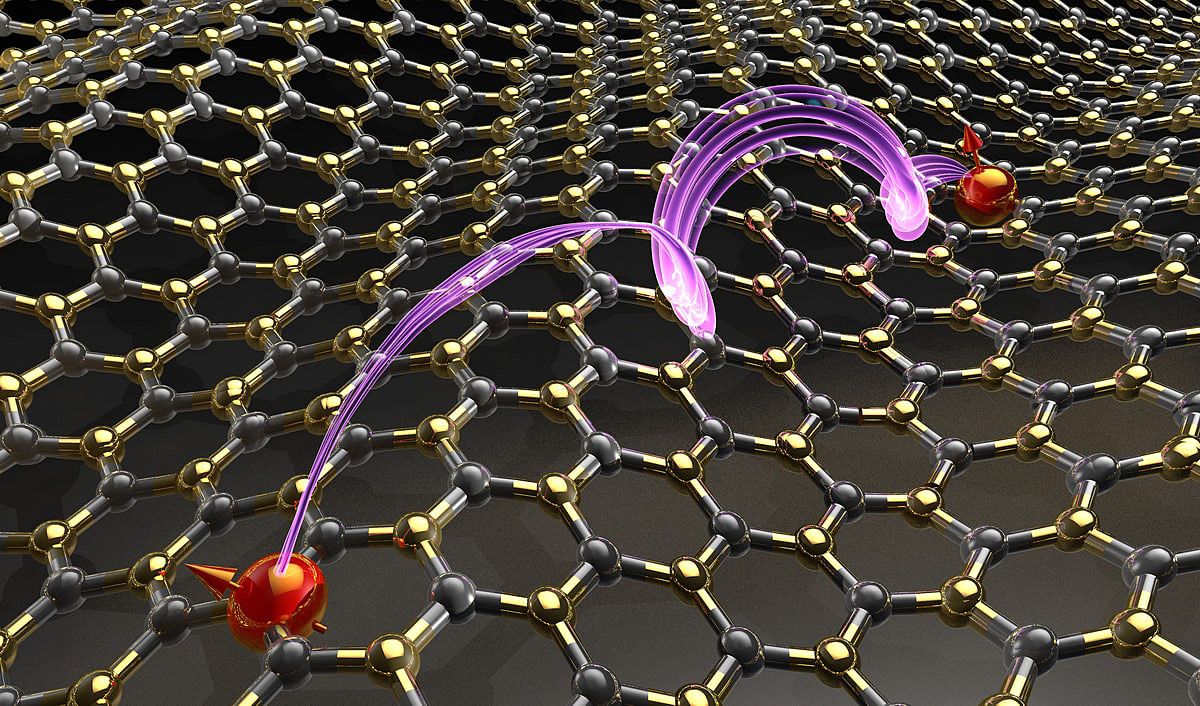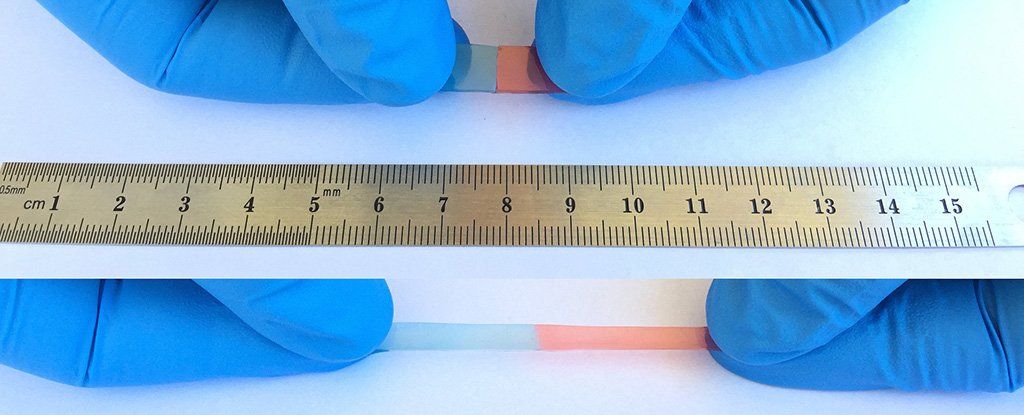May 16, 2017
Printing of electronics will get faster and be capable of making more complex products
Posted by Klaus Baldauf in categories: 3D printing, materials
Simon Fried, Nano Dimension CBO, describes the next five years of industrial 3D printing. It will be meeting more needs. In mechanical terms, that means 3D printing will use a broader range of materials or a higher quality of materials.
We also expect greater flexibility in combining materials – creating objects made of different types of metals, for instance, within the same print. Or printing metals and polymers, or metals and ceramics in one print job. With that capability, for instance, companies can begin deploying addition functionality within parts, such as electrical capabilities to mechanical objects. That’s the case with Nano Dimension, where polymers and metals are printed together with a very specific functional goal. Down the road, this capability will bring about stronger, smarter and more functional final products.


















